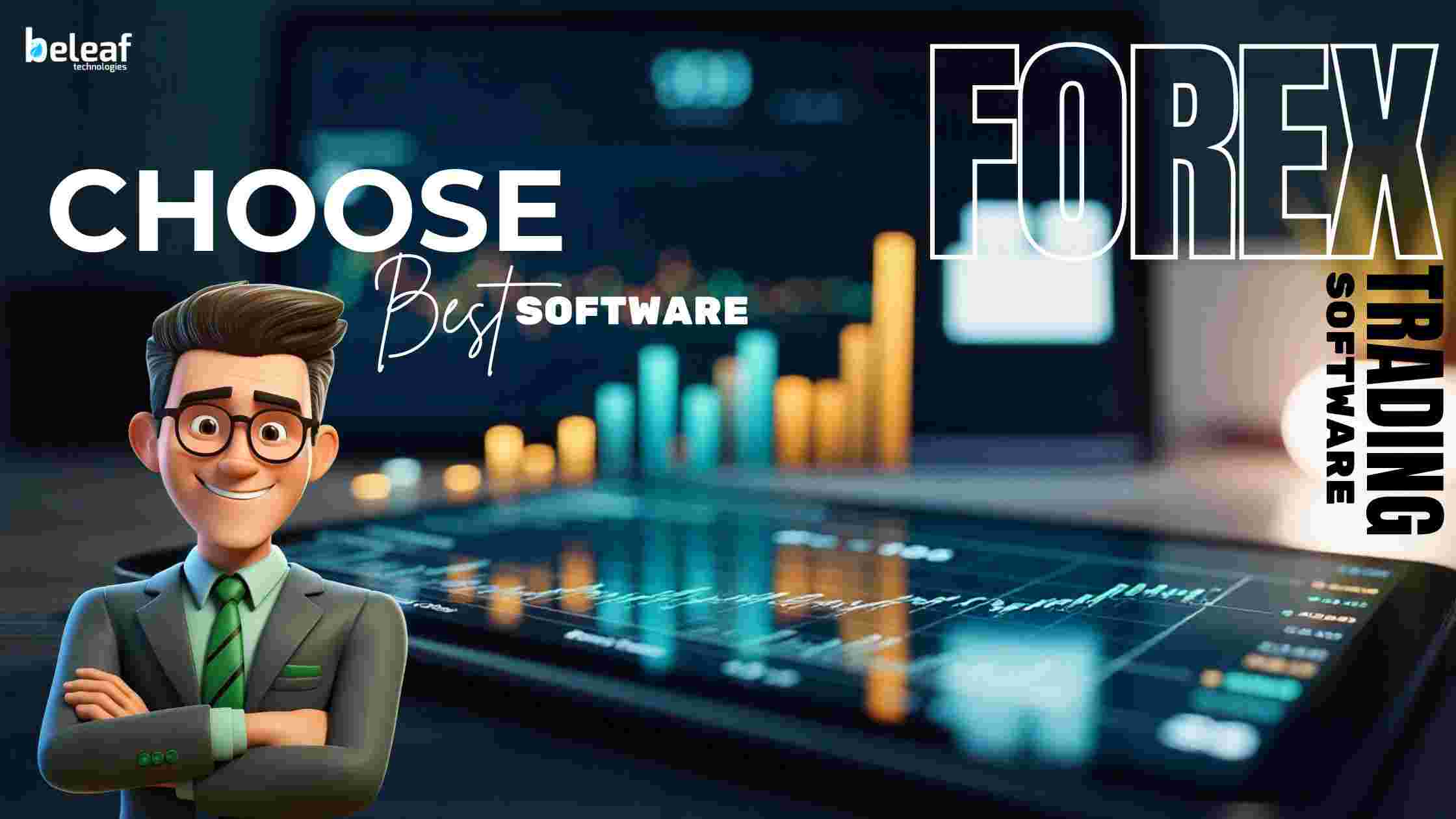Forex trading has grown a lot in the past twenty years, giving many people the chance to take part in the global currency market. At the center of this activity is trading software. A trading platform is more than just a tool; it connects your trading ideas with the real market. Picking the right software can make your journey smooth and confident.
In this blog, we'll look at how to choose the best forex trading software for your own strategy. The goal is to give you clear and positive guidance so you feel ready to make the best choice.
Understanding the Role of Forex Trading Software
Forex trading software is important because it does much more than show price charts. It brings together live market data, trade execution, technical analysis, and risk management in one place. The right platform can make decisions easier with helpful tools, execute trades quickly and accurately, keep you safe with strong security, and even support your growth with regular updates and learning resources. In other words, good software becomes like a trusted partner in your trading journey.
Step 1: Identify Your Trading Strategy
The best software is the one that fits your style of trading. If you are a day trader, you need speed and real-time data. If you are a swing trader, advanced charts and indicators will be more useful. Long-term traders may prefer platforms with news updates, analysis reports, and portfolio tracking. If you use automated trading, you need software that supports algorithms and allows you to test strategies on past data. By knowing your style, you can easily choose software that matches your needs.
Step 2: Consider User-Friendliness and Design
Trading should feel simple, not stressful. Look for software with a clean and easy design, so you can quickly find charts and trading functions. Good platforms also allow customization, so you can adjust layouts, colors, and alerts to suit your style. Many offer tutorials, guides, and community support to help new users. When software is user-friendly, you can focus on trading decisions instead of figuring out how the system works.
Step 3: Examine Analytical and Charting Tools
Strong analysis tools are key for confident trading. A good platform should let you view different timeframes, apply many technical indicators, and use drawing tools to mark patterns and levels. It should also allow you to save templates so you can reuse your favorite setups. With these features, raw market data becomes clear and actionable, making it easier to follow your trading plan.
Step 4: Look for Speed and Reliability
In forex, even a small delay can matter. That’s why speed and stability are very important. A reliable platform will execute trades quickly, keep running smoothly during busy market times, and update regularly to fix issues. When your software is fast and stable, you can trade confidently without worrying about technical problems.
Step 5: Evaluate Risk Management Features
Good traders know that managing risk is just as important as finding profits. Quality software should have built-in tools like stop-loss and take-profit orders, margin monitoring, and account analysis. Some platforms also let you set alerts for price changes or account levels. These tools protect your money and give you peace of mind while trading.
Step 6: Explore Automation and Back-Testing
If you like systematic trading, automation can be very helpful. Some platforms support algorithmic trading or Expert Advisors (EAs), which let you set rules for trading without emotions. Back-testing tools allow you to test strategies on old data before using them live. Optimization features can also help fine-tune your plan. With these, you can trade smarter—even when you're not at your computer.
Step 7: Mobile Compatibility
Today's traders want flexibility, and mobile apps make that possible. The best platforms have apps that connect smoothly with the desktop version. They allow you to check charts, place trades, and manage risks on the go. Secure login and data protection are also important. A strong mobile app means you can trade anywhere without losing functionality or safety.
Step 8: Consider Broker Integration
Most forex trading software is linked to brokers, so the quality of this partnership matters. A good broker connection provides fair spreads and fees, access to many currency pairs, and reliable customer support. Easy deposits and withdrawals also make a difference. When the broker and software work well together, your trading experience feels smooth and stress-free.
Step 9: Explore Educational Resources
The best platforms help you grow as a trader. Many offer webinars, tutorials, guides, and demo accounts so you can practice without risk. Some even have communities where traders share tips and ideas. These resources turn the software into more than just a tool—it becomes a place where you can keep learning and improving.
Step 10: Security and Trust
Security is one of the most important things to look for. Good platforms use strong encryption to protect your data and offer two-factor authentication for extra safety. A solid track record, positive user feedback, and partnerships with regulated brokers are also signs of trust. When you know your platform is secure, you can focus on trading with confidence.
Conclusion
Choosing the best forex trading software is not about picking the most popular name or the fanciest design. It's about finding what works best for your own trading style. Think of it like choosing the right tool for a job—it should feel natural and supportive.
By knowing your needs, valuing easy design, checking analysis tools, ensuring speed and security, and exploring education and automation, you can choose software that makes your trading journey positive and successful. Great software doesn't trade for you, but it helps you trade smarter. With the right platform by your side, you can turn every trade into a step toward growth and success.




